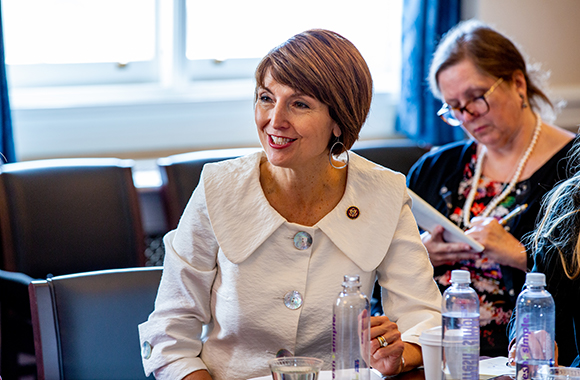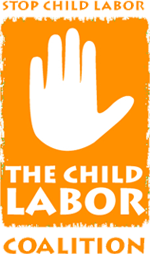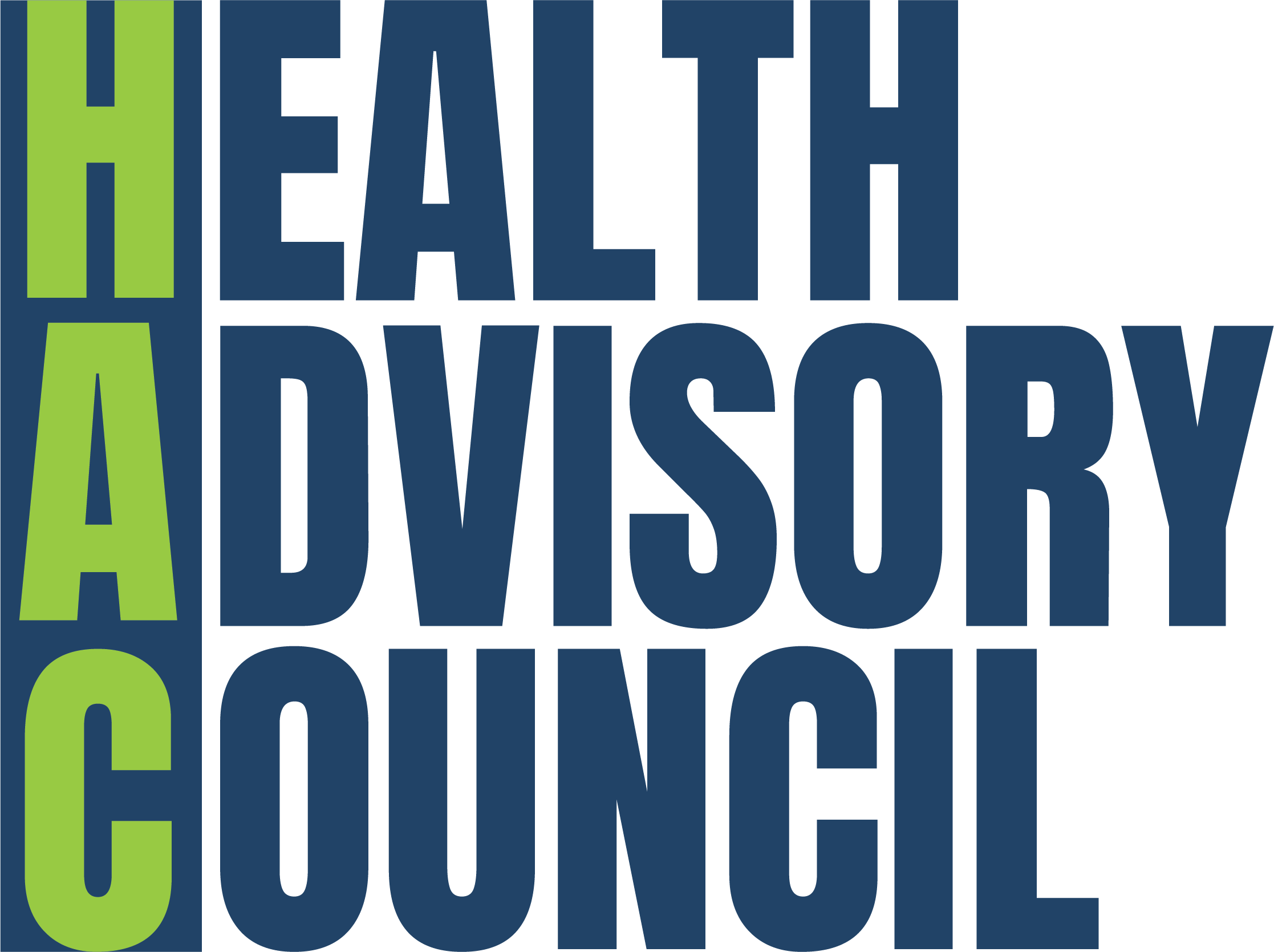NCL supports nomination of Sotomayor to the Supreme Court, urges Senators to confirm – National Consumers League
August 6, 2009
Contact: 202-835-3323, media@nclnet.org
WASHINGTON, DC –- The National Consumers League today urged members of the Senate to support the nomination of Judge Sonia Sotomayor to the Supreme Court of the United States. The NCL believes that Judge Sotomayor’s long years of legal experience, including seventeen years on the bench, service as a prosecutor in New York City, and her civic involvement in groups like the Puerto Rican Legal Defense Fund make her unusually qualified to sit on the nation’s highest court.
“In Judge Sotomayor’s nomination, we see someone who we think will be a fair and compassionate Supreme Court justice,” said Sally Greenberg, Executive Director of the National Consumers League. “Judge Sotomayor also represents the American Dream – that education and hard work can mean that even those who grow up with few material advantages can rise to the highest levels of our legal system, the Supreme Court of the United States.”
Since 1899 the League has championed the concerns of both consumers and workers. NCL looked at Judge Sotomayor’s decisions pertaining to labor matters and found that the Judge, having grown up in public housing in the Bronx as the daughter of a factory worker, has consistently interpreted labor laws to protect those who need it most. She has ruled in favor of workers to be free against discrimination in the workplace, to collect their rightful wages and receive their rightful benefits. She has ruled in favor of litigants seeking freedom from persecution in their countries for union activity.
The League also reviewed the small number of Judge Sotomayor’s decisions pertaining to consumer matters and found her reasoning and conclusions to be fair and balanced. She seems to understand the need for strong consumer protections and supports federal agencies and laws that provide those protections. NCL’s brief review of Judge Sotomayor’s consumer decisions can be found at NCL’s Savvy Consumer blog.
###
About the National Consumers League
The National Consumers League, founded in 1899, is America’s pioneer consumer organization. Our mission is to protect and promote social and economic justice for consumers and workers in the United States and abroad. For more information, visit www.nclnet.org.















